The Dog-Gone Reality of How Our Pets Affect the Environment
How do our pets impact the environment and what can you do to be a more eco-friendly pet parent?
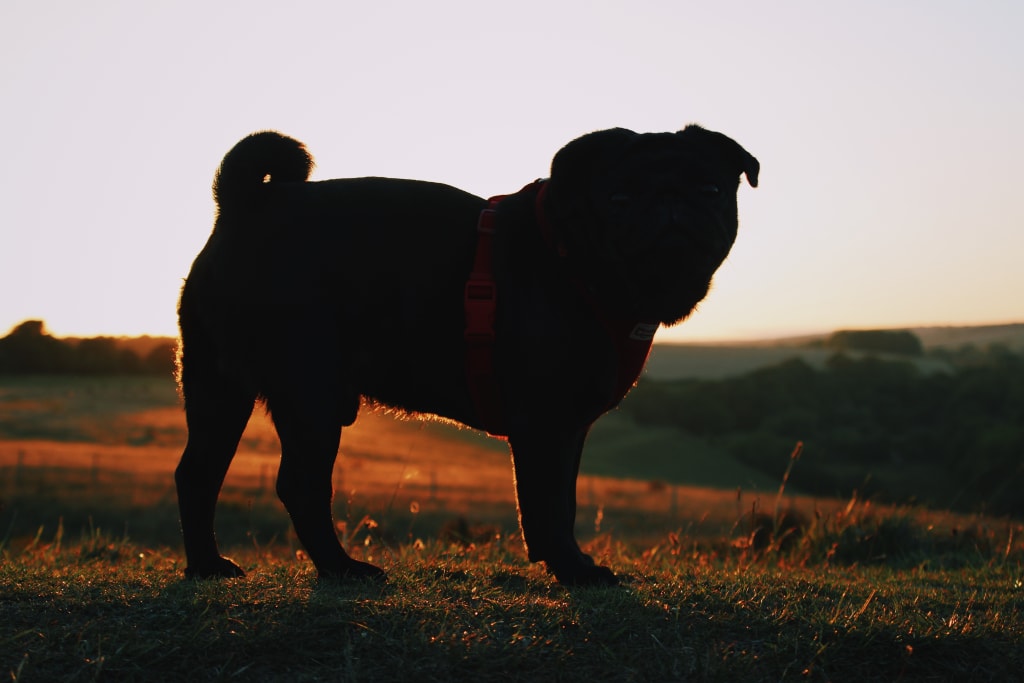
It’s easy to see how a declining bee population affects the environment worldwide. But how often have you considered how your dog, cat, rabbit, or even gerbil affects the Earth? Pets surely can’t make that much of an impact on climate change. Can they?
The reality is that they do. And the increase in family pets in the U.S. has resulted in more irreversible damage than most people realize. If you’re a pet owner, it can be hard to wrap your mind around life without your best friend. Don’t worry. I would never ask you to do that. But with a little knowledge and some minor changes in habits, pet owners can lessen their pet’s eco-impact and impact the world for the better.
How Do Pets Affect the Environment?
The Need for Meat
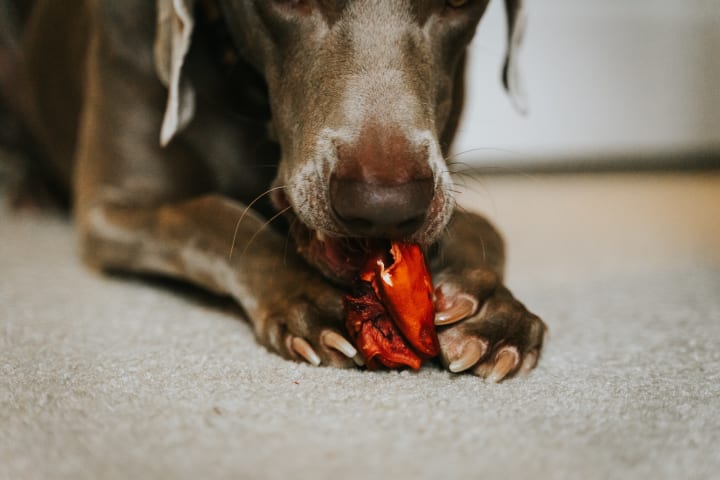
When it comes to our furry friends, one of the most detrimental impacts they have on the environment is their need for meat. And they can’t help it. They can’t live without meat (cats being obligate carnivores, especially).
Here are the facts:
- Pets account for 25% of the environmental impact of meat production [1].
- Our pets’ meat-heavy diets require an immense amount of farmland, which creates tons (literally) of pollutants.
- Farming requires water, pesticides, and phosphates.
- Hauling the food to a food production plant, then to grocery stores, followed by your home all require fossil fuels.
- Cattle for beef recipes creates methane gas.
- Dogs and cats are responsible for 64 million tons of carbon dioxide every year [2].
The fish mostly found in cat food are sardines and salmon. These were consumed by sea life that can no longer find food to sustain themselves. This elevated use of fish has caused a snowball effect of mass die-offs of:
- Brown pelicans
- Sea Lion pups
- Whales
Cats that are allowed outdoors cannot help but give in to their prey instinct. Unfortunately, this leads to the death of small mammals and countless birds. In fact, cats are responsible for the extinction of 63 bird species [3].
The Curious Case of Kitty Litter
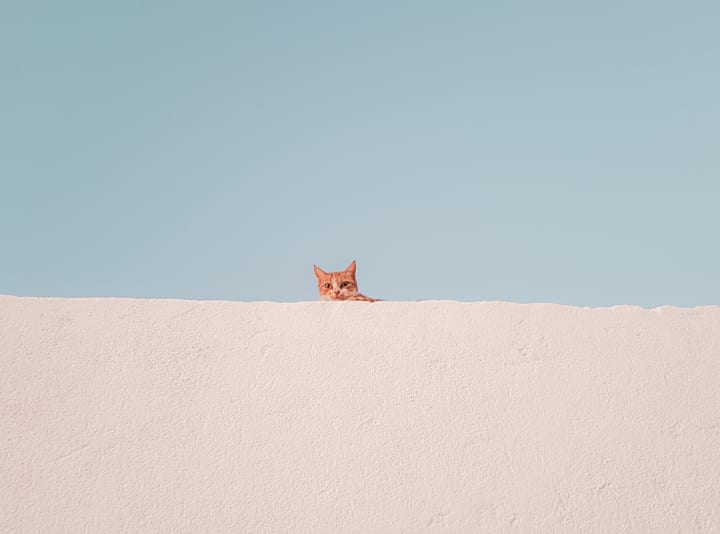
Of course, what goes in must come out. And when it comes to dogs and cats, the waste adds up. Both cat litter and dog poop (along with plastic dog poop bags) are creating a major strain on the ecosystem.
One of the most overlooked effects of cat ownership is where a cat’s litter comes from. Clay litter is literally clay that is mined from the Earth. It’s estimated that litter accounts for 7.3 million tons of clay being surface mined each year [4].
After being mined, the heavy, wet clay needs to be baked, so it will become absorbent. This baking process uses a lot of energy.
And this clay winds up at the landfill and does not break down any further.
Flushable litter also creates a major problem. Cat poop can contain Toxoplasma gondii, a parasite that causes flu-like symptoms. And our wastewater treatment facilities aren’t able to remove this parasite from waste before releasing this water back into streams, lakes, and the ocean.
While toxoplasmosis causes birth defects in humans, it also does the same for large mammals in the wild. This parasite has taken a massive toll on the sea otter population [5].
Dog Waste: A Crappy Eco-Conundrum
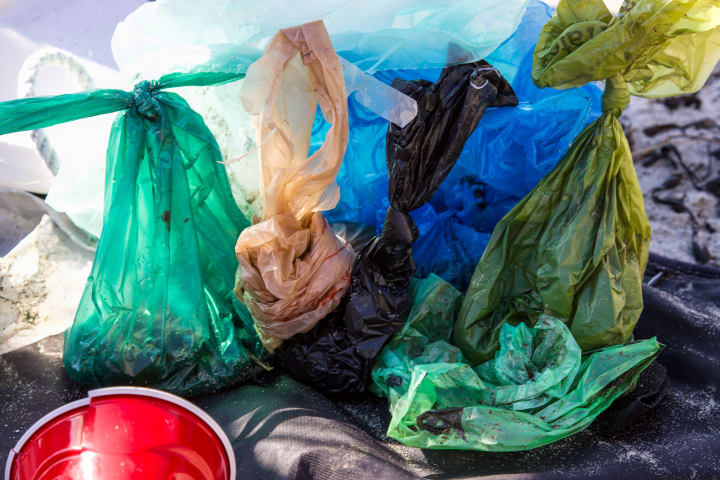
Dogs make mountains of poop. In fact, most studies suggest American dogs create 10 million tons of poop every year!
You may be thinking, “It’s just poop,” what the big deal? Well, dog waste makes its way into our waterways. It can spread parasites, disease, and bacteria. These bacteria, plus nitrogen and phosphorous can get other animals sick. These also destroy shellfish populations.
As for the poop that gets bagged, it winds up trapped and does not break down. Bags that tear and get loose contribute to the deaths of sea turtles, dolphins, whales, and seabirds [6].
What Can Pet Parents Do to Be More Eco-Conscious?
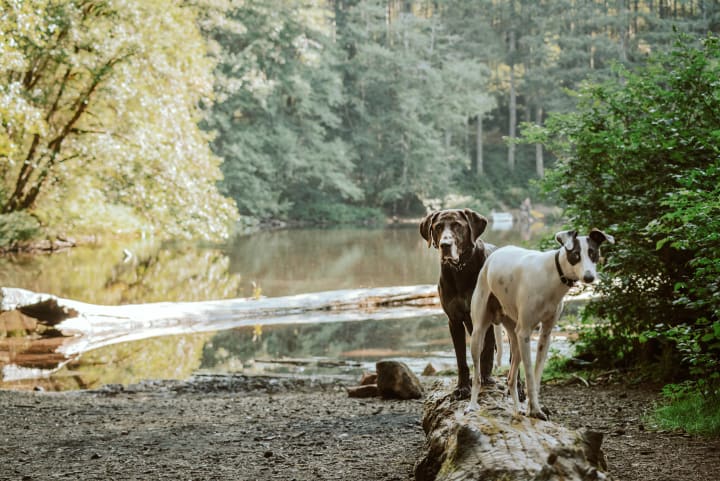
I am a dedicated pet parent of three dogs, a cat, and a fish, after all. In my pursuit of caring for Mother Earth, I’ve learned how I can reduce my pets’ carbon pawprint.
Here are some simple ways you can make pet ownership more environmentally ethical:
1. Compost That Poop
Keep the poop out of the landfill and streams. Composting pet poop allows the poop to break down and heats up enough to kill bacteria and viruses. Use this compost on your flowers (but not your veggies) and turn something unsavory into something beautiful.
2. Choose Eco-Friendly Pet Products
Sustainable products should be ethically sourced, biodegradable, long-lasting, or recyclable. Choose dog and cat toys that are manufactured without polyester and harmful dyes. Opt for cotton, paper, or recycled materials.
3. Feed Your Pet Sustainable Pet Foods
Sustainable foods are healthy for your pet and the planet. When choosing a pet food, take the time to research the manufacturer. Do they offset their impact through green initiatives? Where do they source their meat?
Pet foods made with meat byproducts are more eco-friendly than human-grade ingredients. If you can find organic ingredients, that’s a great choice.
Do not overfeed your pet. Not only is this unhealthy for your pet, but the excess food requires more meat and creates excess waste.
4. Donate Time or Money to Spay and Neuter Initiatives
Reducing the number of stray cats and dogs can significantly lower the impact pets have on the population of wild animals. This can also reduce harmful waste and the spread of disease.
5. Keep Your Cat Indoors
When you keep your cat inside, they don’t get the opportunity to hunt wildlife. This could potentially save a species from extinction.
Do Your Part and Protect the Planet
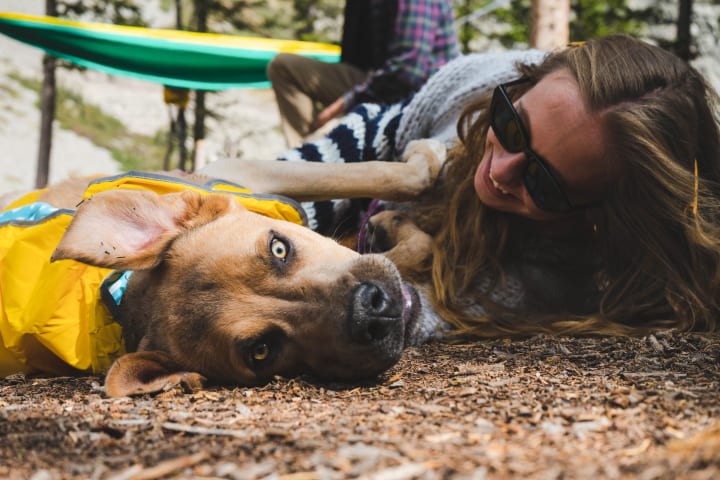
All it takes to make a difference is a little due diligence, responsibility, and planning to lessen your pet’s carbon pawprint. I cannot help but think more and more pet product companies will do their part to protect the planet, too.
About the Creator
George Nekilan
Has a vegetable garden in his backyard, 5th son out of 8 and is a sucker for chick flicks.







Comments
There are no comments for this story
Be the first to respond and start the conversation.